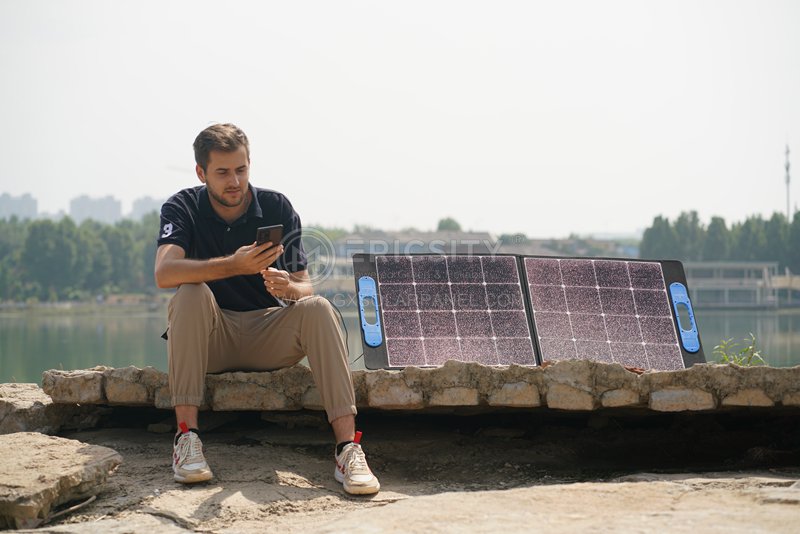HOT PRODUCT
Product Details
semi-flexible Solar Panels In Agriculture: A Case Study
Title: Semi-Flexible Solar Panels in Agriculture: A Case Study
Introduction (50 words)
Solar energy is becoming an increasingly popular choice for sustainable power generation. This case study explores the application of semi-flexible solar panels in agriculture, highlighting their benefits, challenges, and potential.
Benefits of Semi-Flexible Solar Panels (100 words)
Semi-flexible solar panels are lightweight and can be easily integrated into existing agricultural structures, such as greenhouses, barn roofs, and irrigation systems. They provide an opportunity for farmers to generate renewable energy while utilizing limited land resources efficiently. The adaptability of these panels allows for better sunlight exposure and efficient energy conversion. Moreover, they can help farmers reduce energy costs, increase income by selling excess energy back to the grid, and contribute towards overall environmental sustainability.

Case Study: Implementing Semi-Flexible Solar Panels in Agriculture (200 words)
To explore the practical application of semi-flexible solar panels, we will focus on a case study conducted on a greenhouse farm in California. The farm implemented semi-flexible solar panels on the roof of each greenhouse to harness sustainable energy for both internal operations and grid feed-in.
The solar panels were custom-designed to fit the specific dimensions and structures of the greenhouses. With their lightweight and flexible nature, installation was convenient and non-disruptive to the farm’s ongoing activities. The solar panels were also integrated with the irrigation system, providing power for water pumps and reducing the farm’s reliance on traditional energy sources.
Challenges and Solutions (150 words)
One challenge faced during this case study was ensuring the panels’ durability in harsh agricultural environments. To address this, the panels were manufactured with robust and weather-resistant materials, protecting them from potential damage caused by extreme temperatures, humidity, and winds. Regular maintenance checks were conducted to ensure optimal performance, and damaged panels were promptly replaced.

Another challenge involved the initial investment required to implement the semi-flexible solar panels. Nevertheless, the long-term returns of reduced energy costs and potential income from excess energy sold back to the grid offset the initial costs. Furthermore, government incentives and grant programs aimed at supporting renewable energy adoption in agriculture helped mitigate the financial burden for the farmers.

Conclusion (100 words)
Semi-flexible solar panels provide a promising solution for agricultural communities looking to adopt renewable energy sources. This case study demonstrates their viability in providing sustainable power within the agricultural sector, contributing to both environmental and financial sustainability. As technology continues to improve, it is expected that semi-flexible solar panels will become even more cost-effective, efficient, and durable, making way for a greener and more sustainable future in agriculture.




